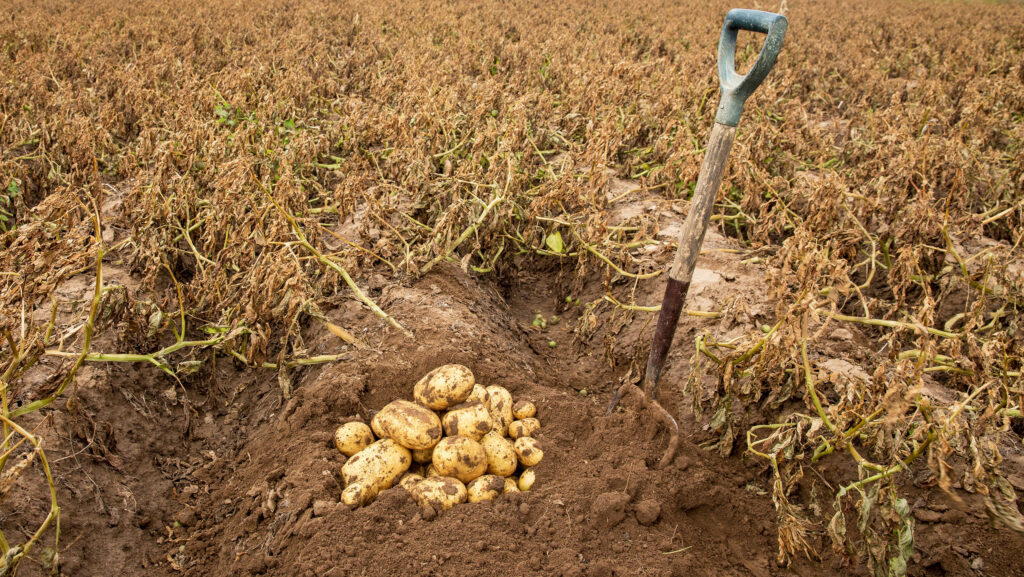Potato growers advised to check higher risk crops for residue
 © Gary Naylor Photography
© Gary Naylor Photography Potato growers are being advised to risk assess, and where necessary, carry out pre-harvest residue tests on tubers where a granular nematicide was applied at planting.
This is because the low soil moisture levels throughout spring and early summer may have potentially caused higher than expected levels of granular nematicide – such as fosthiazate – to remain in the soil later into the growing season.
See also: Why leafhoppers are an emerging threat to potatoes
The risk is higher for growers with limited or no irrigation resources, especially earlier in the growing season.
Independent agronomist Simon Alexander explains what action growers should consider taking.
“Growers should take a representative sample from the treated area, selecting tubers from multiple plants across the field in a W-shaped pattern; a sample of at least 2.5kg of tubers should be submitted for testing,” he says.
The product label for fosthiazate states that the product requires a minimum of 119 days (17 weeks) from planting to haulm burndown or harvest.
Furthermore, regardless of any residue test results and what they show, the harvest interval must be complied with.
Several independent residue testing facilities are available across the UK; growers can contact their agronomists or nematicide supplier for more information.
Any laboratory used needs to be ISO17025 accredited to satisfy the Red Tractor Fresh Produce scheme and other assurance schemes.

